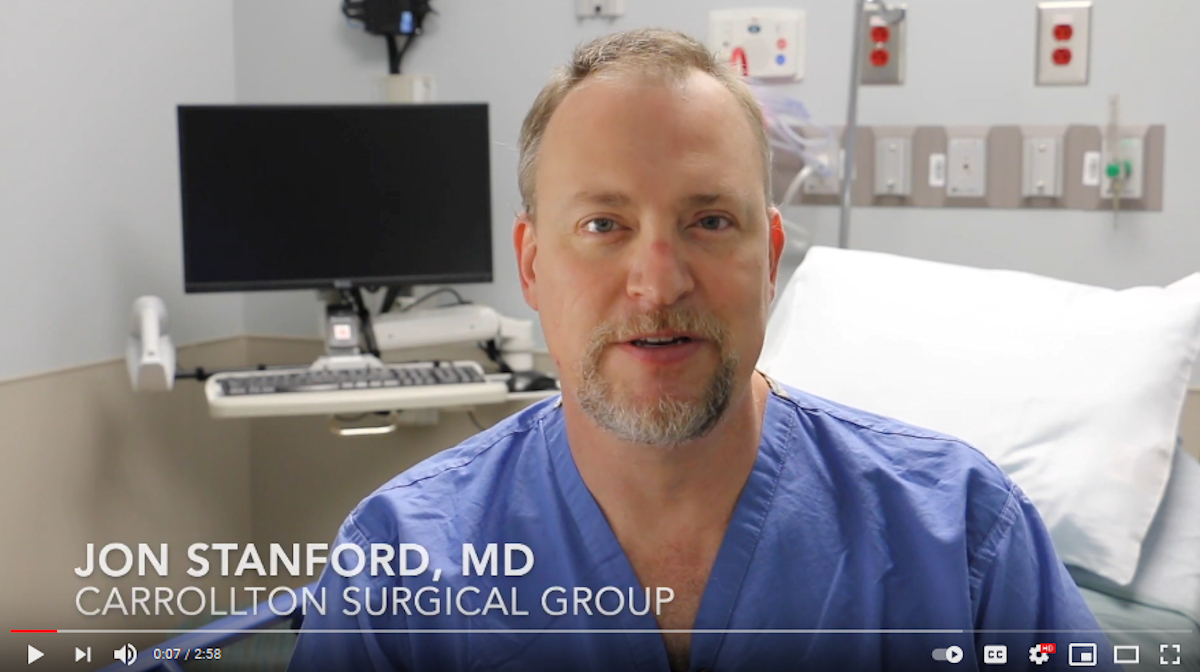After retiring from nearly two decades as a machine mechanic in one of the busiest power plants in Georgia, Rodney Wright, 60, can finally take a load off and relax.
But he says he won’t — especially after a recent varicose vein treatment gave him a new, fresh-feeling pair of legs.
Wright retired in 2019, and for years he suffered a worsening pain in his legs from varicose veins.
Varicose veins are common in both men and women and usually appear as swollen, twisted, dark-blue or purple veins. They develop when valves in the veins become weak or damaged.
 Left untreated, they can cause problems with blood flow. Over time, they can lead to painful aches, swelling, itching and cramping.
Left untreated, they can cause problems with blood flow. Over time, they can lead to painful aches, swelling, itching and cramping.
For some people, the veins cause little to no pain at all.
Wright, however, who had lower limb varicose veins (which appear in the legs and feet) experienced leg pain that gradually increased over the years — until he finally decided to do something about it.
“I worked on concrete and grated floors, and after standing for long times, my legs would hurt,” Wright said. “It was a gradual thing that just got worse and I finally decided that I needed to have something done about it.”
Wright spoke with his primary care doctor, Charles Davis III, MD, a board-certified family medicine specialist in Carrollton, who referred him to Carrollton Surgical Group’s board-certified surgeon Jon Stanford, MD, who specializes in varicose vein treatment at Tanner.
“I spoke to my family doctor about it every year when I went to get my physical, and I just finally decided that it was time for me to have something done,” Wright said. “Sooner or later, you just get tired of hurting. There are some things a doctor can fix, some they can’t. If they can fix it, I’m going to get it fixed.”
In October 2020, Dr. Stanford scheduled Wright for a minimally invasive treatment called radiofrequency ablation, or RFA. RFA uses heat to close larger varicose veins and is completed with a small intravenous catheter.
Wright underwent additional vein treatment a few weeks later with sclerotherapy. Sclerotherapy involves injection of medication directly into smaller varicosities leading to collapse, clotting, and ultimately removal of the abnormal veins. Bulging, dark varicosities usually fade away.
Sclerotherapy is more widely used than just treatment of the small unsightly surface vessels commonly known as ‘spider veins.’ Sclerotherapy is usually covered by insurance when performed as part of a comprehensive treatment plan for varicose veins and not for cosmetic reasons.
This combination of treatments has proven effective in treating unsightly and painful varicose veins.
However, some people who have varicose veins can find relief with treatments like compression therapy, wearing compression socks or stockings to improve their blood flow. For others with painful cases of varicose veins, like Wright, minimally invasive treatments may be the answer.
According to Dr. Stanford, today’s varicose vein treatment is far from what it used to be, and much of it can be done in the doctor’s office and patients can return to their normal activities the same day.
These days, Wright spends his days tinkering around his house, fixing what needs fixing, and being outside.
Although he’s settling into retirement, he’s not ready to settle down because there’s a lot he can do.
Free from the leg pain and irritation of varicose veins, he’s ready to get to work again — enjoying his time and doing all the things he likes to do.
Learn more about varicose veins treatment and the vascular services available at Tanner at tanner.org.
Watch on YouTube: Varicose Veins - Is Surgical Treatment Right for You?
Click here to watch Dr. Stanford's video about varicose vein treatment at Tanner.